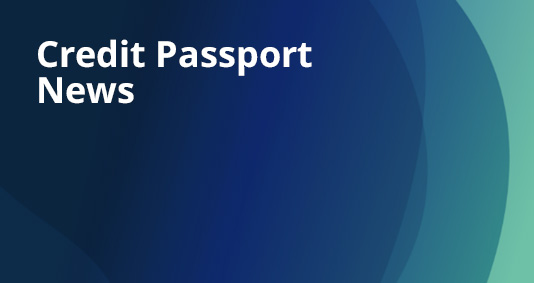The Coronavirus Bounce Back Loan Scheme (BBLS) was launched in May 2020. A business bounce back loan can be worth 25% of turnover, up to a maximum value of £50,000.
The Coronavirus Bounce Back Loan Scheme (BBLS) was launched in May 2020. A business bounce back loan can be worth 25% of turnover, up to a maximum value of £50,000.
Bounce back loans were introduced after the Coronavirus Business Interruption Loans (CBILS) scheme. The new scheme was seen as a response to the problems faced by many businesses in accessing credit on reasonable terms.
The difference between the two schemes is that bounce back loans are 100% guaranteed by the Government. The 100% guarantee was made to encourage lenders to lend to businesses in order that they could quickly access funding to stay afloat.
The Bounce Back Loan Scheme is aimed squarely at small and medium-sized companies. While the maximum loan is £50,000, you can apply for as little as £2,000. So far, according to a report by FT.com, the average loan provided to businesses so far is about £30,000.
As for the small print, you don’t have to pay interest on the loan – or any fees – in the first year. After that, interest is charged at 2.5% per year.
With such a cheap rate of interest, it’s hardly surprising that demand for BBLS loans has been high. So far, bounce back loans worth about £24bn have been supplied to businesses. That’s more than double the amount lent by the Coronavirus Business Interruption Loan Scheme (CBILS).
You don’t have to pay interest on the loan – or any fees – in the first year. After that, interest is charged at 2.5% per year.
The lenders permitted to give you a bounce back loan must be accredited by the British Business Bank. Currently there are 24 lenders in the scheme, including the big retail banks.
You can apply for a HSBC bounce back loan even if you’re not an existing customer. Neither does HSBC insist that you open a business account – it can instead transfer funds via a feeder account to an account at another bank.
Similarly, you don’t need a Barclays Business current account to apply for a bounce back loan from Barclays. However, its website says it’s dealing with a large number of requests and that “you may get a quicker response” by contacting your own bank first.
The Natwest bounce back loan is only available to existing customers, who joined the bank on or before 4 May 2020. Similarly, you won’t get a bounce back loan from Lloyds your main business current account is already with the bank.
You may have more luck getting a bounce back loan from Santander. You can use an existing personal current account to apply if you don’t run a limited company or partnership. At the time of writing, Santander was not accepting new applications for business current accounts.
When it comes to repaying the loan, you can’t start repayments within the first year. And you have to repay the loan within six years, although you won’t incur fees for early repayment.
While your business is liable for repaying any debt you take on, the lender isn’t permitted to ask for personal guarantees. That means it can’t take recovery action over personal assets like your main home or vehicle. For sole traders and partnerships that don’t have limited liability, other personal assets may be at risk.
Read on to find out how to apply for a bounce back loan, whether or not you’re eligible, and the documentation you’ll need to submit.
Step 1: Is your business eligible?
First, you can’t apply for a BBLS loan if you’re already claiming for one under CBILS, the Cornavirus Large Business Interruption Scheme (CLBILS) or the COVID-19 Corporate Financing Facility. But if you have already secured a loan of up to £50,000 from one of these schemes, you can transfer it into the BBLS scheme.
In addition, the COVID-19 pandemic must have had a detrimental impact on your business, which must have started trading before 1st March 2020.
Your business must also have derived more than 50% of its income from trading and must not be in bankruptcy or liquidation or undergoing debt restructuring when you apply.
As well as this, your business must not have been classed as a business “in difficulty” on 31 December 2019. According to the British Business Bank, a business in difficult is one that had:
- accumulated losses of more than half of its subscribed share capital for limited companies, or for unlimited liability companies its capital
- started, or fulfilled the criteria to be put into, collective insolvency proceedings
- previously received rescue aid that was yet to be reimbursed (or, in the case of a guarantee, terminated)
- received restructuring aid, and was still under a restructuring plan
- fallen below solvency ratios for the previous two years if not an SME.
You’ll be required to self-certify all of these eligibility criteria when you make your application to a lender.
Businesses from most sectors are permitted to apply for loans under BBLS. The exceptions are banks, insurers and reinsurers, state-funded primary and secondary schools, and public sector organisations.
What are the state aid restrictions?
The State aid restrictions depend whether or not a business self-declares as being a “business in difficulty”.
If not, then de minimis State aid does not impact a business’s eligibility for BBLS. Any aid received under the Retail, Hospitality and Leisure Grant, and any Business Interruption Payment received under CBILS, counts towards the total State aid allowance under the Temporary Framework.
Companies classed as “businesses in difficulty” on 31 December 2019 will be asked to self-declare that they have not received more than £711,200 in State aid under the State Aid Temporary Framework since 19 March 2019. For fisheries and aquaculture businesses the figure is £106,680 and for agriculture businesses it’s £88,900.
The lender isn’t permitted to ask for personal guarantees. That means they can’t take recovery action over personal assets like your main home or vehicle.
Step 2: How to apply for a loan
Your first port of call should be to contact your own bank via its website. The British Business Bank says: “Phone lines are likely to be busy and branches may not be able to handle enquiries in person.”
The 11 lenders accredited by the British Business Bank include most of the big retail banks, but reportedly only HSBC was offering loans to non-customers.
To apply for a loan you will need to fill in a short (2-page) application form and self-certify that your business is eligible for a loan under BBLS. In other words, that you meet the criteria outlined above.
Unlike loans from CBILS, which were only 80% backed by the Government, banks aren't allowed to ask you to for forward projections. This is undoubtedly one of the reasons why 79.8% of loans have been approved under BBLS, compared to just 50% under CBILS.
Step 3: Decision stage
The lender will then decide whether to provide your business with a loan. Unlike under the CBILS scheme, your lender can’t ask for personal guarantees and the loans are guaranteed 100 per cent by the government.
Since lenders can’t assess the viability of your business, and aren’t responsible for your decision to borrow, they’re supposed to assess your application within days. So if you are accepted, you should be able to access the money fairly quickly.
If your business is eligible, it may be subject to additional scrutiny in the form of customer fraud checks, as well as Anti-Money Laundering and Know Your Customer checks.
If your first-choice lender turns you down, you’re permitted to try again. Indeed, the Gov.uk website suggests approaching other lenders.
The Gov.uk website suggests approaching other lenders if you get turned down.
When is the closing date?
As of 17 December 2020, the Government has announced that it will be extending the Bounce Back Loan Scheme (BBLS) until 31 March 2021.
Can CreditPassport help?
If you are not getting anywhere with your own bank, we've teamed up with Finpoint to help SMEs complete the process and prepare the paperwork to reach out to a wider market.
You can start the process on our partner page here: Go to the CreditPassport Finpoint Funding Portal >



